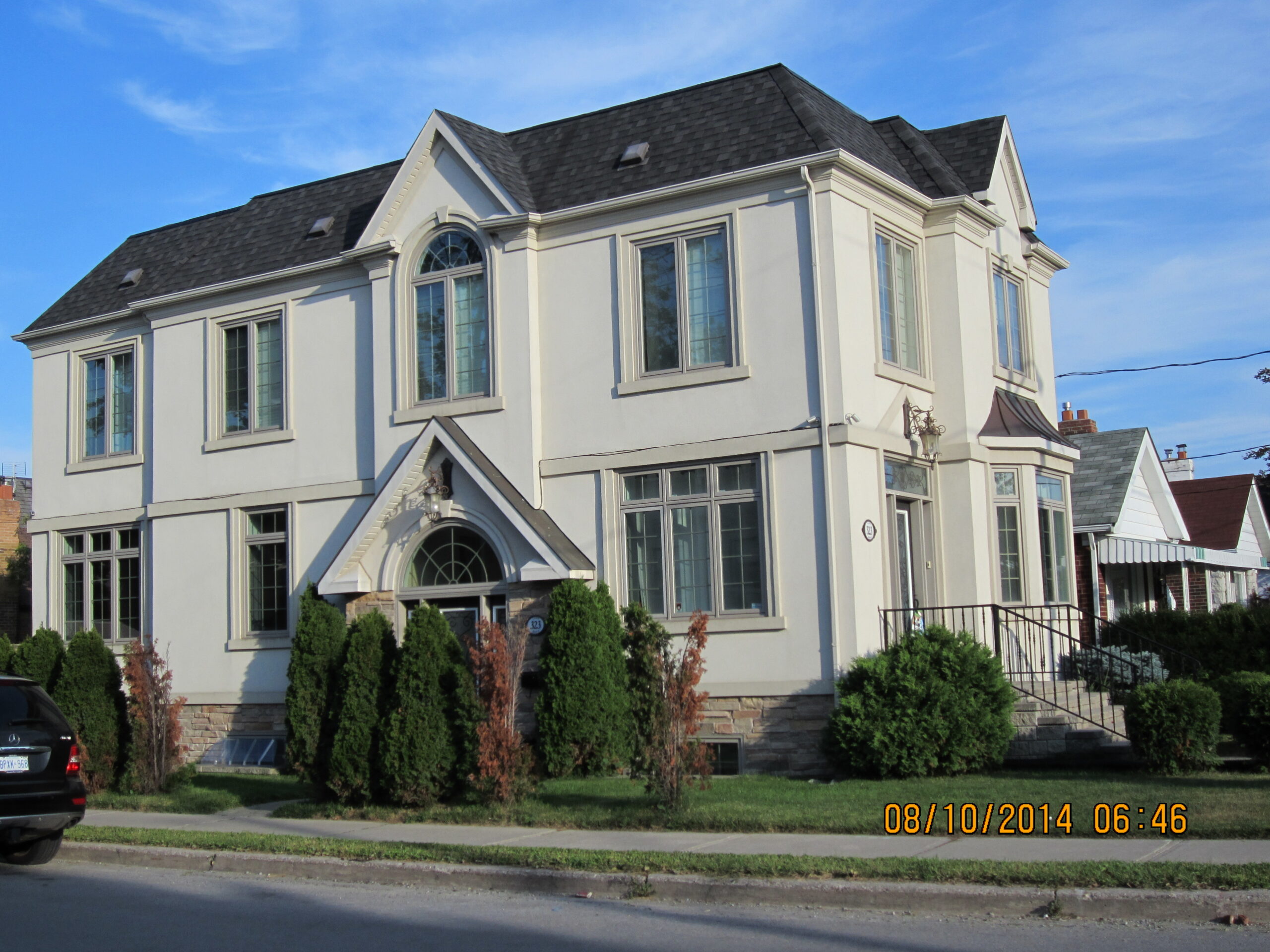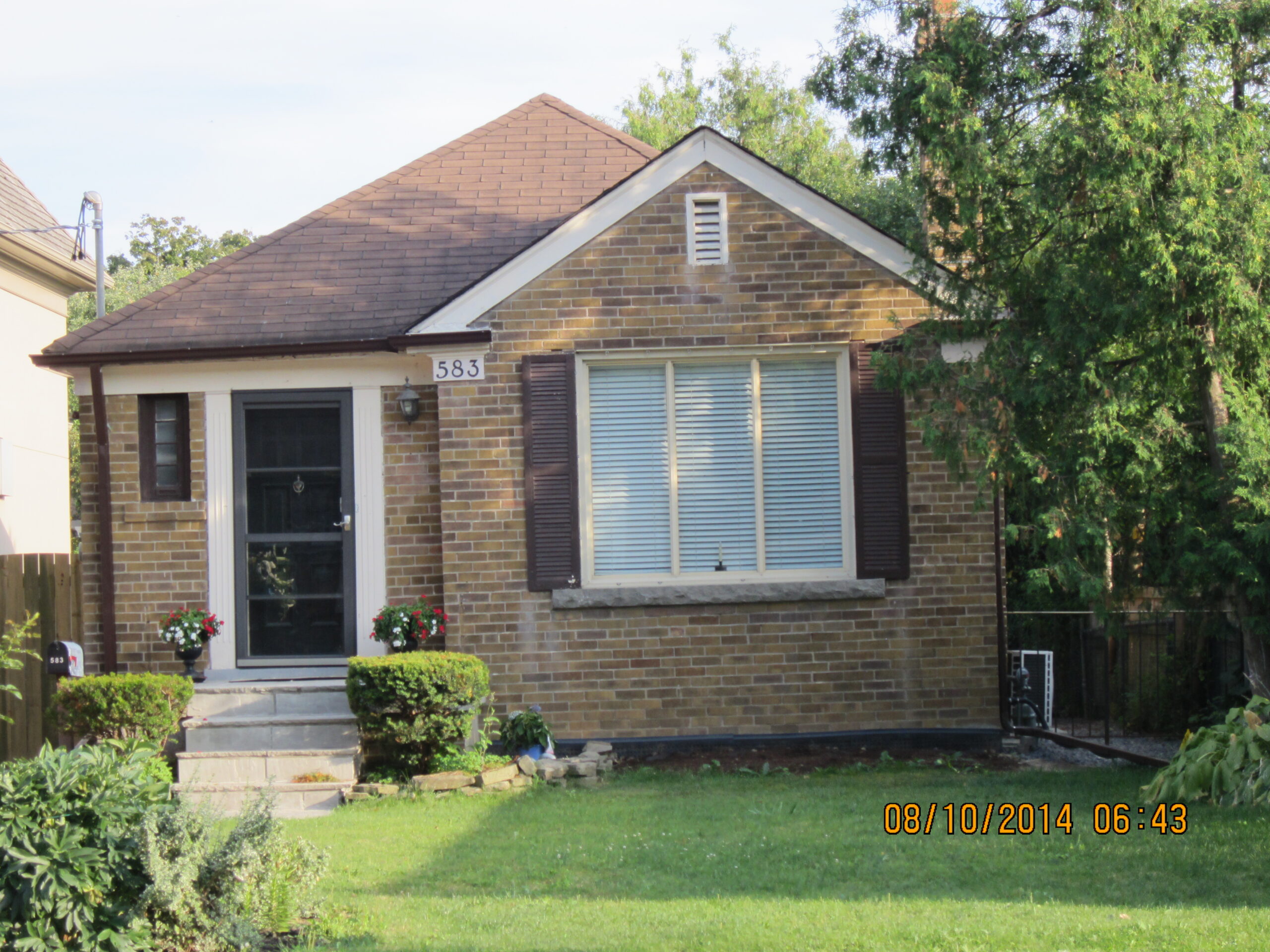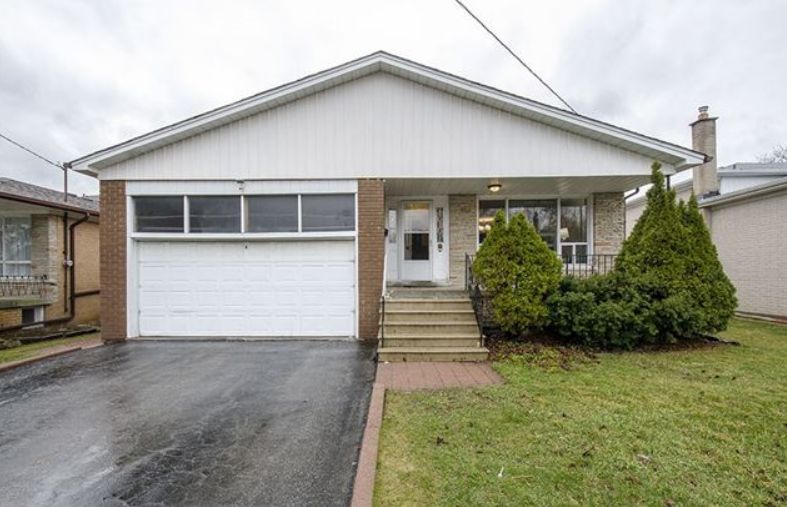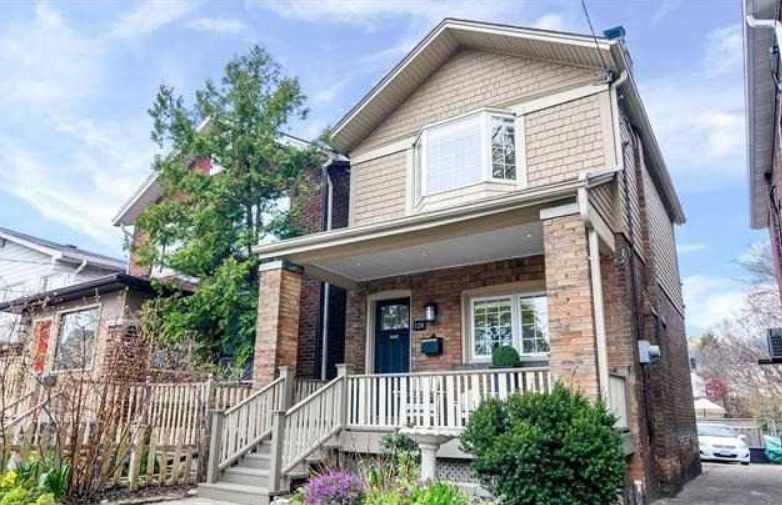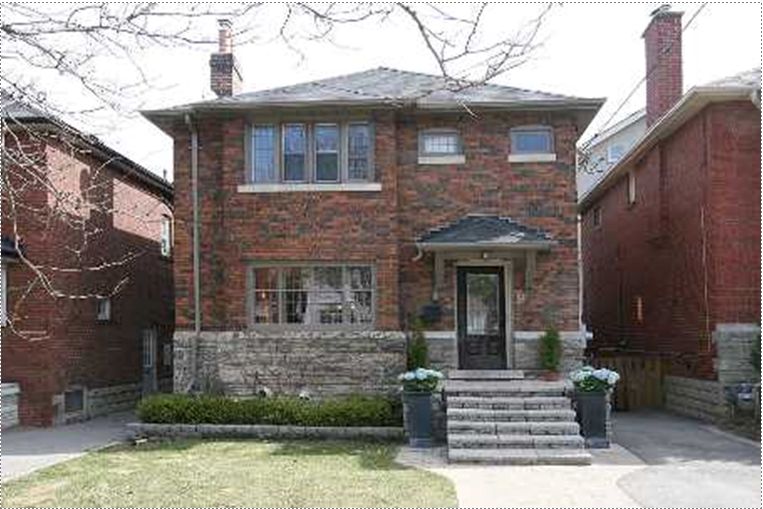Toronto real estate agent Christopher Bibby is preparing to list 17 properties for sale in the next two weeks. He can already feel the eyes of circling predators.
“I almost want to say I’ve never seen such an aggressive market.”
Mr. Bibby, with Sutton Group Associates Realty, says people have gotten wind of plans to list a townhouse for sale in the Annex neighbourhood near the University of Toronto. Already he has had to hold off marauding buyersnwho have been angling to get inside before the townhouse hits the market with a planned asking price in the $1.2-million range.
The agent recently sold a one bedroom plus den condo unit downtown for approximately $620,000. The same unit had been listed at around the same price in the fall, when it sat for 90 days with no takers.
When Mr. Bibby launched it again this spring with no scheduled date for bids, an offer landed on the first night. Other agents were asking him to hold off so that they could give their clients a chance to put an offer on paper, but the seller was happy to seize the deal on the table – especially after the unit had languished in 2015.
“All of a sudden it was pandemonium. People were acting like it had never been listed before.”
A one-bedroom unit in the Candy Factory Lofts on Queen near Dovercourt recently sold for a tad short of the asking price of $1.1-million.
The Greater Toronto Area’s notorious bidding wars, bullies and jaw-dropping offers propelled the region’s real estate market to a new high water mark for the first quarter of 2016.
Data from the Toronto Real Estate Board shows that sales vaulted ahead 15.8 per cent in the first three months of the
year compared with the same period last year.
The frenzy pushed the average selling price up 13.6 per cent in the quarter compared with the first quarter of 2015.
But buyers show no signs of running out of steam: In March, sales jumped 16.2 per cent while the average price rose 12.1 per cent compared with the same month last year.
TREB says more properties would have changed hands but the number of listings declined compared with the same periods last year.
A one-bedroom unit in Toronto’s Candy Factory Lofts on Queen Street West near Dovercourt recently sold for $1,075,000. That’s just a tad short of the asking price of $1.1-million.
Mr. Bibby says the action still peaks in the traditional spring and fall selling seasons, but increasingly the market is spreading throughout all 12 months. “Buyers are just looking at all times and are willing to take on anything at any time.”
This Queen Street West one-bedroom recently sold for just short of $1.1 million.
One couple he met with recently is desperate to buy a house in their favourite neighbourhood before prices climb even more. “They told me: ‘We know what we have to do to get a house and we’re prepared to do it. We’ll overpay, we know we’ll be competing. When we fall in love with that house, we’re prepared to do whatever it takes to get it.’”
Many ask if they should count on paying $150,000 to $200,000 above asking, he said. “To them, that’s normal.”
That avidity is one reason the average price of a detached house in the GTA hit $910,375 at the end of March. All housing types are hot but, drilling into the data, detached houses in the 905 area code tallied the largest year-over-year price growth
with an 18.2 per cent gain in March.
Mr. Bibby has clients who are looking to sell their condo unit in order to buy a larger place. They have a budget of $800,000 or $900,000 and are dismayed when they look at houses in the city of Toronto, where the average semi-detached went for $817,611 in March.
“It’s a shock for them.”
Read the full post in Globe And Mail




